Do These:
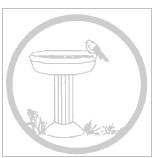
Do feel free to place a bird bath, potted plant or other yard decoration on the tank riser lid, as long as it can be readily removed for maintenance. Landscaping or permanent structures should be planned prior to installation in order to ensure that the integrity of the system is not jeopardised.
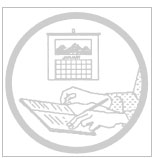
Do keep accurate records of maintenance and service calls. The results will be valuable if system problems occur.
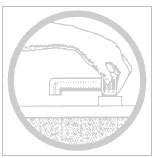
Do practice water conservation. By reducing the amount of water use, the life of the system may be increased, and power consumption reduced. When possible, avoid doing several loads of laundry in one day. Take short showers and don’t let water run unnecessarily while washing hands, food, teeth, dishes etc.
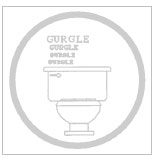
Do be aware that a faulty toilet cistern float can result in over 8000 litres per day of wasted water. Use water-saving devices in the toilet cistern and don’t flush unnecessarily.
Avoid These:
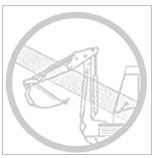
Don’t accidentally dig up an underground utility line. Before digging, contact Kyeema Water to advise the location of sewer system infrastructure.
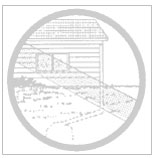
Don’t connect rain gutters or storm drains to the on lot interceptor tank or allow surface water to drain into it.
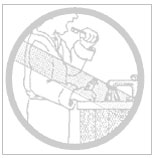
Don’t use excessive quantities of water. Repair leaky toilets taps or plumbing fixtures. Take shorter showers and use water saving devices such as low-flow fixtures and low-flush toilets.
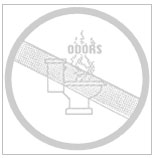
Don’t flush undesirable substances into the septic tank. Flushing flammable and toxic products is dangerous. Other materials such as paper towel, newspaper, cigarettes, coffee grounds, egg shells, sanitary napkins, large amounts of hair and cooking grease are a maintenance nuisance.
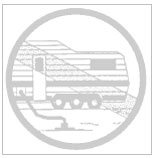
Don’t dump Recreation Vehicle (RV) waste into the septic tank because it will increase the frequency of tank pump outs and possibly damage the sytem’s operation. RV wastewater dumped directly into the interceptor tank vault will clog the pump and plug the screen. Some RV waste contains chemicals that are toxic to the biological activity in the septic tank.
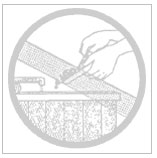
Garbage disposal systems are not recommended because they increase the frequency of tank pump outs and generate higher wastewater flows. Compost food scraps. Collect grease in a container rather than disposing down the drain. Some items (egg shells, coffee grounds, tea bags, etc) are not biodegradable and should be disposed of in the rubbish.

Don’t use septic tank additives. Additives do not improve the performance of the interceptor tank and can cause major damage to the treatment plant packed bed reactor or land application system. The natural micro-organisms that grow in the system are sufficient. These organisms generate their own enzymes for breaking down and digesting nutrients.
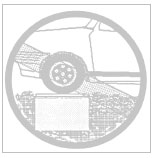
Don’t drive over the interceptor tank system. If the interceptor tank is in an area subject to possible traffic, consider putting up an attractive barricade or row of shrubs to discourage traffic unless the tank has been equipped with a special traffic lid.
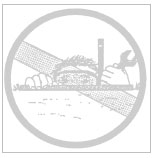
Don’t enter the interceptor tank. Any work to the tank should be done from the outside. Gases that can be generated in the tank or the lack of oxygen can be fatal.
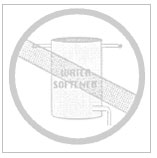
Don’t dispose water softener backwash into the interceptor tank. The backwash brine contains high levels of chlorides that can destroy the micro-organisms and inhibit the biological digestion that occurs in the tank. The brine solution also interferes with the solid’s sedimentation that occurs in the tank, and may increase the flow through the tank from 25 to 50 percent.
